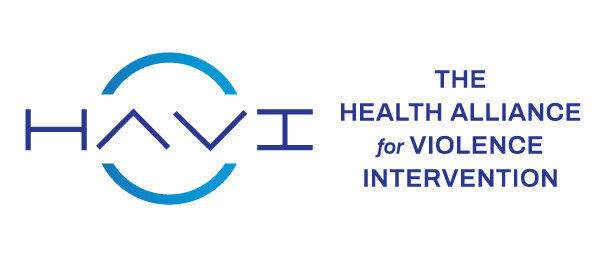To begin a program to reduce risk factors associated with violent injury, a comprehensive approach that addresses mental health and social determinants of health is critical.
Read MoreThis study's objectives were to determine whether, and how, prior ED visit history distinguishes assault-injured youth from unintentionally injured youth.
Read MoreThis technical package represents a select group of strategies based on the best available evidence to help communities and states sharpen their focus on prevention activities with the greatest potential to prevent youth violence and its consequences.
Read MoreViolent injury in the USA continues to represent a major public health issue. As reported this year in the American Journal of Medicine, we are 10 times more likely to be killed from violence in the USA than in any other developed country and the rate of gun-related murder is 25 times higher than 22 other high-income countries.
Read MoreWe describe how an integrated knowledge translation (KT) process was used to develop an ED violence intervention program (EDVIP) for youth affected by violence.
Read MoreIn this commentary, we describe how hospital-based violence intervention programs (HVIPs) work to translate research into practice.
Read MoreIn this article, we describe the panel model and present preliminary data on participants' perceptions of the process.
Read MoreThe Trauma Response Team was established in 2010, in collaboration with the Police Department, health care institutions, and emergency response teams and with the research support of Syracuse University faculty.
Read MoreWe hypothesized that the HVIP at our urban trauma center is a cost-effective means for reducing violent injury recidivism.
Read MoreThis study conducts a cost-benefit analysis simulation to estimate the savings an HVIP might produce in healthcare, criminal justice, and lost productivity costs over 5 years in a hypothetical population of 180 violently injured patients, 90 of whom received HVIP intervention and 90 of whom did not.
Read MoreThis study examines the cost-effectiveness of hospital-based VIP.
Read MoreThe authors address violent injury as a reccurrent problem and highlight the teachable moment that occurs after a violent injury.
Read MoreThe objective of this study is to assess outcomes for a cohort of young trauma patients in a prospective, randomized trial comparing BVI with BVI + CCMS.
Read MoreHVIPs combine brief in-hospital intervention with intensive community-based case management and provide targeted services to high-risk populations to reduce risk factors for reinjury and retaliation while cultivating protective factors.
Read MoreThe goal was to assess the impact of a mentor-implemented, violence prevention intervention in reducing aggression, fighting, and reinjury among assault-injured youths.
Read MoreThe purposes of this study were to (1) assess receptiveness of families to violence prevention interventions initiated after an assault injury and (2) assess the effectiveness of a case management program on increasing service utilization and reducing risk factors for reinjury among assault-injured youth presenting to the emergency department.
Read MoreAn evaluation was undertaken to determine if a hospital-based, peer intervention program, "Caught in the Crossfire," reduces the risk of criminal justice involvement, decreases hospitalizations from traumatic reinjury, diminishes death from intentional violent trauma, and is cost effective.
Read MoreWe sought to operationalize the teachable moment (TM) construct and to determine whether an emergency department (ED) visit was a TM for intervention among assault-injured adolescents and their parents.
Read MoreTo investigate criminal and high-risk lifestyle factors that predict emergency department (ED) recidivism, a longitudinal (8-year) cohort study of ED trauma patients was conducted.
Read MoreOur Violence Intervention Program (VIP) conducted a prospective randomized control study to evaluate the effectiveness of intervention for repeat victims of violence.
Read More